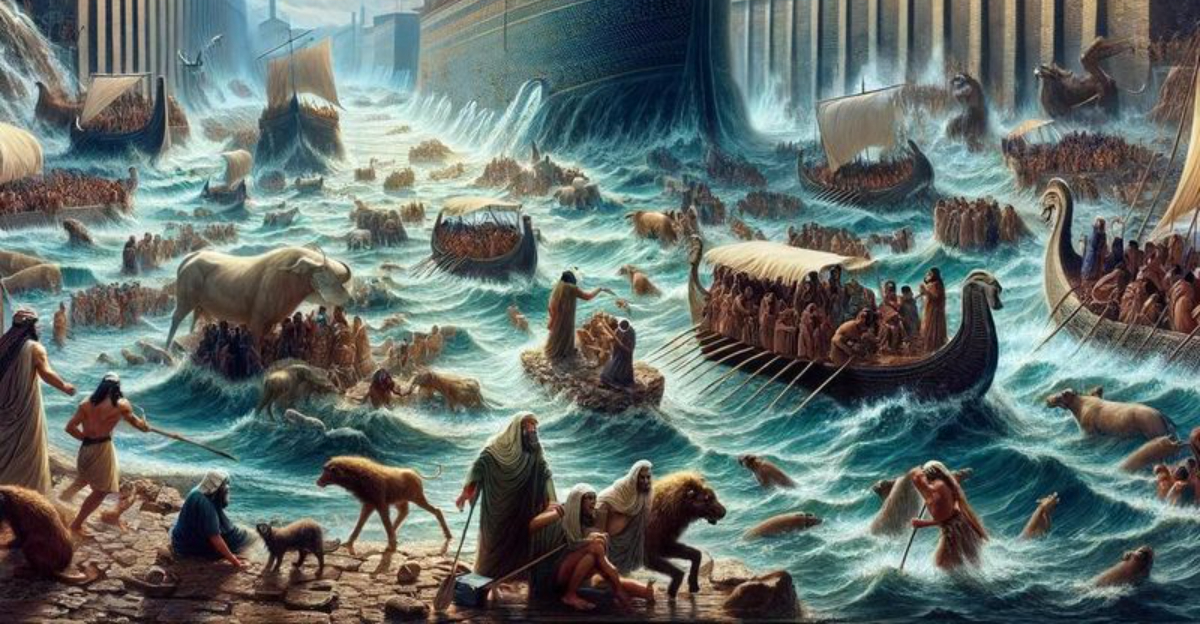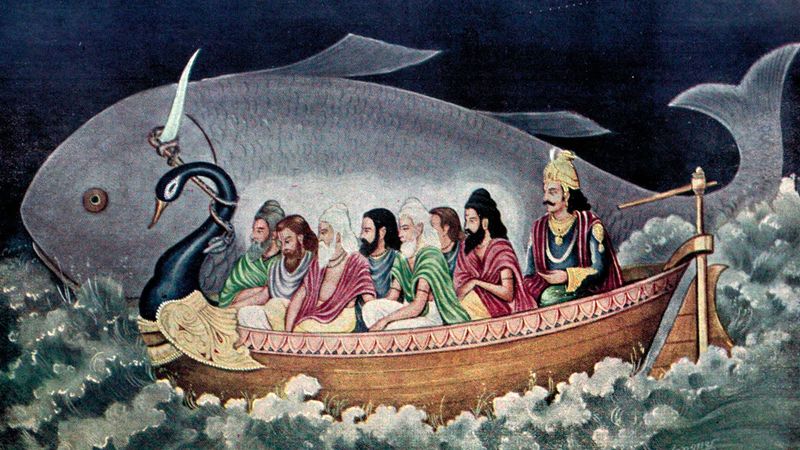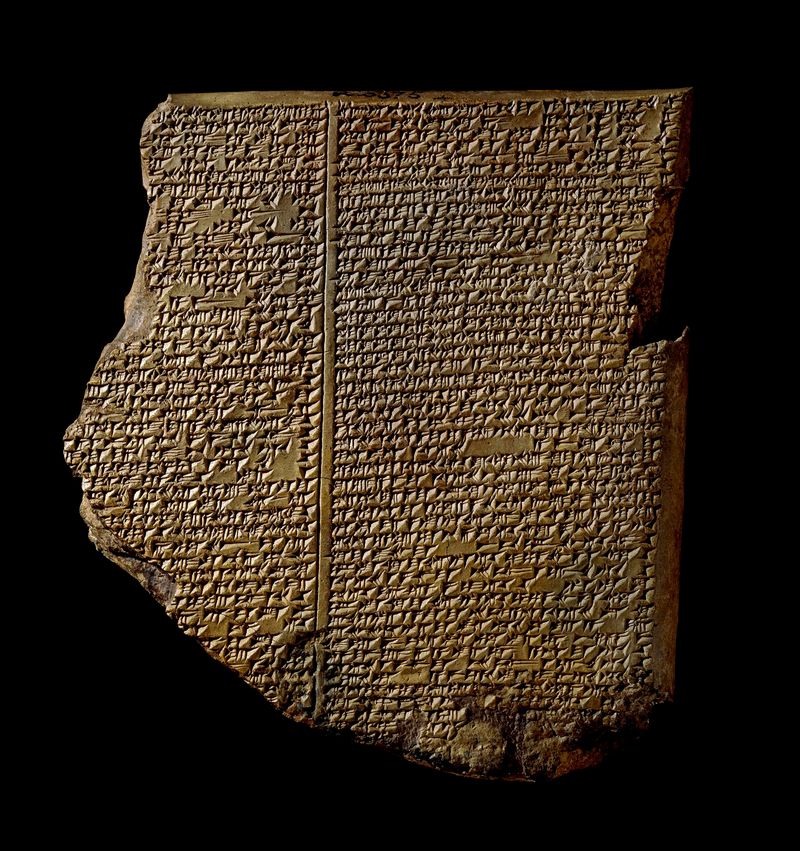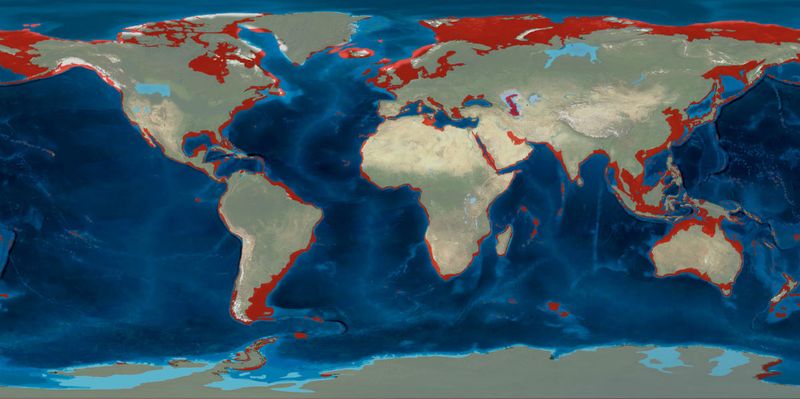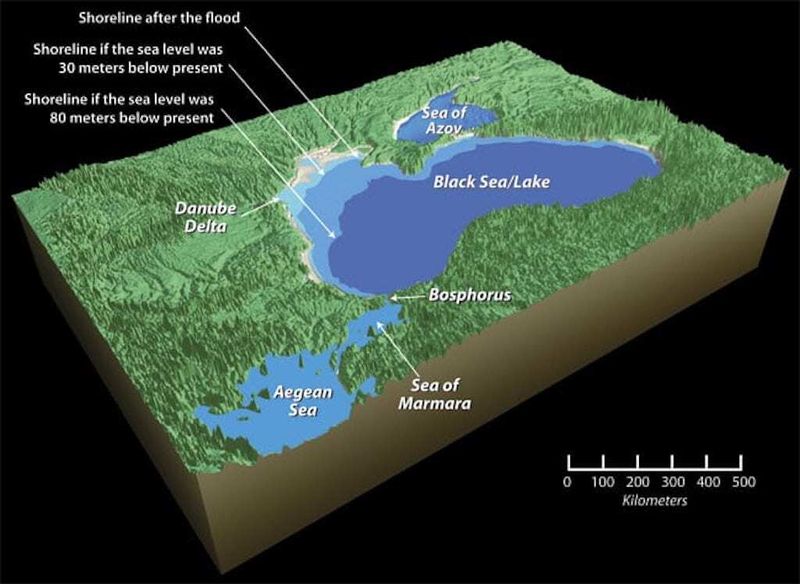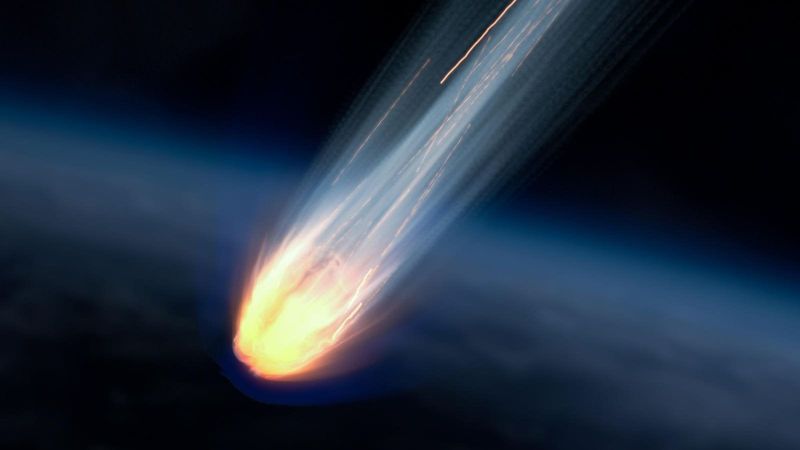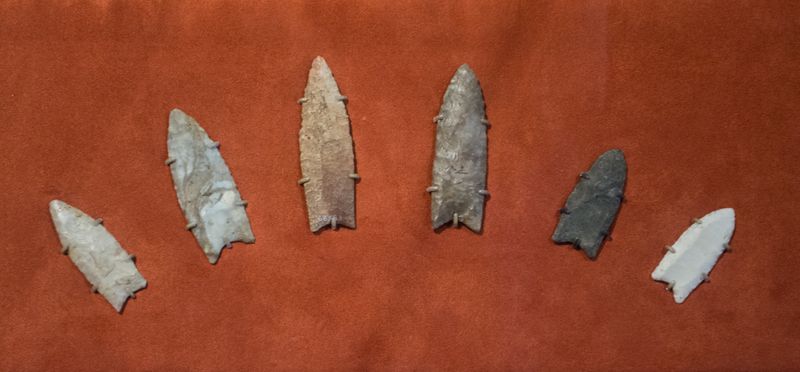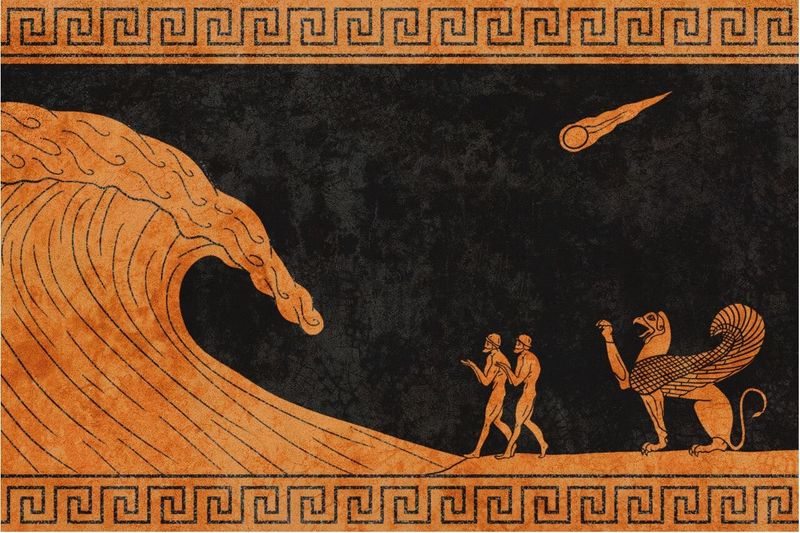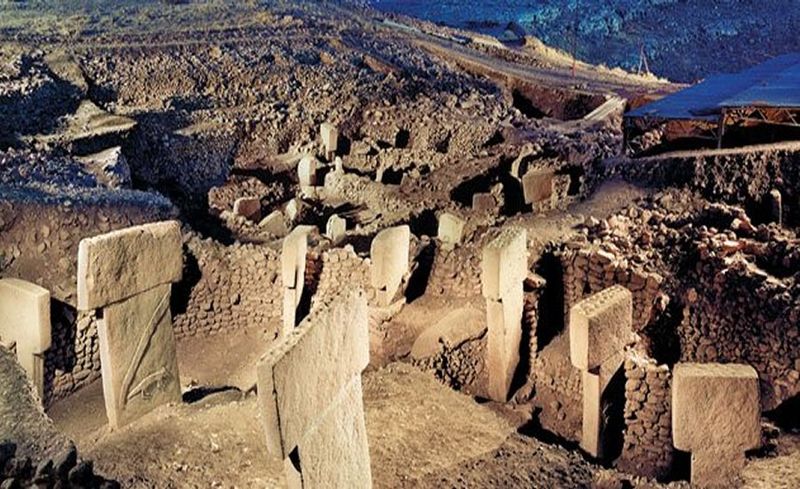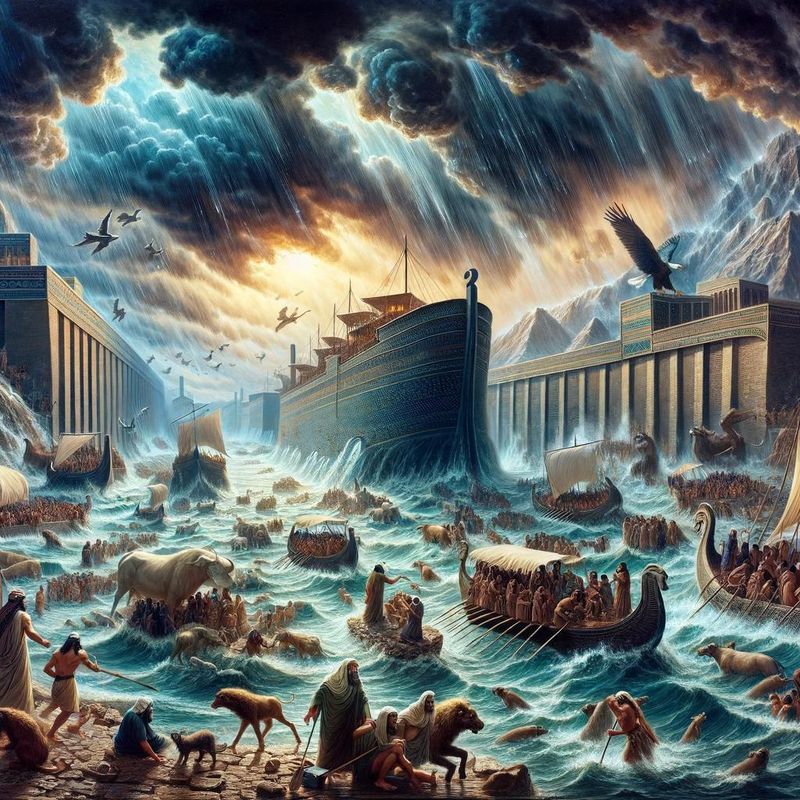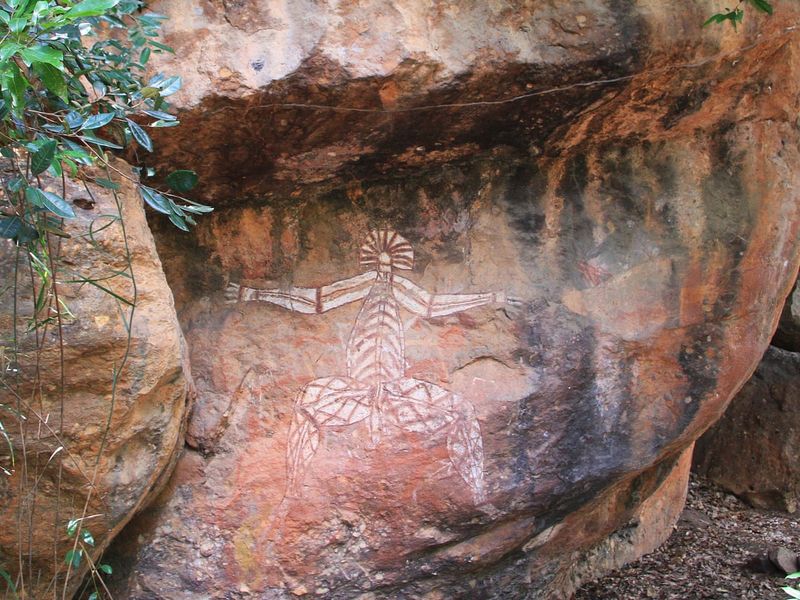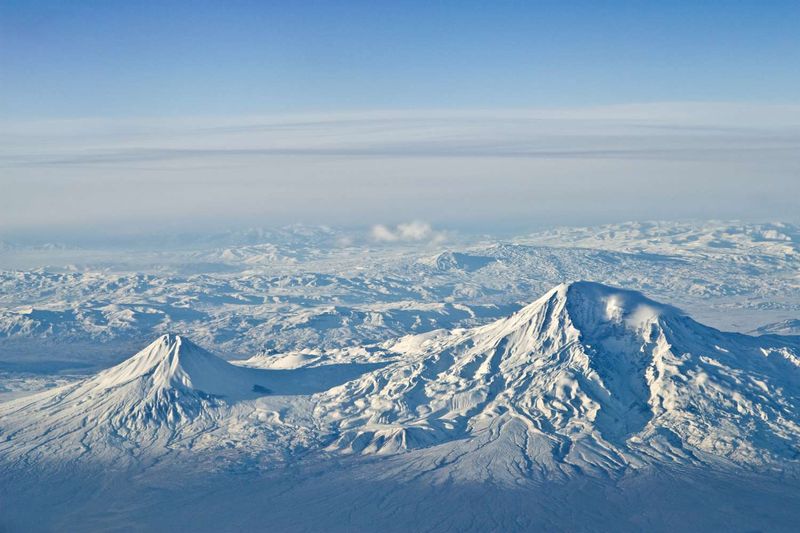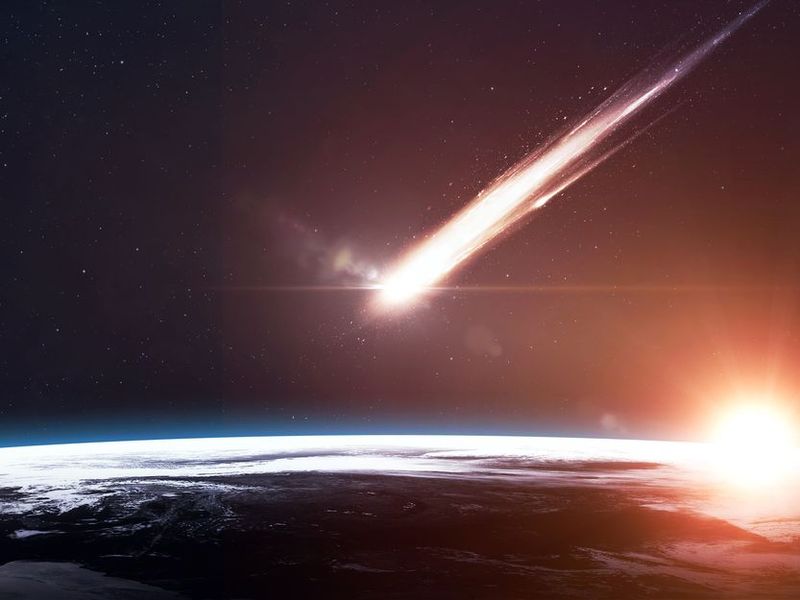Stories about massive floods destroying the world appear in cultures across every continent. From ancient Mesopotamia to remote Pacific islands, people tell remarkably similar tales of great waters wiping out civilization.
What if these aren’t just myths, but memories of a real catastrophe that changed our planet forever?
1. Over 200 Cultures Share Flood Stories
Researchers have documented flood legends from more than 200 different cultures worldwide. Despite being separated by vast oceans and mountain ranges, these stories share striking similarities.
Each tale features a divine flood, chosen survivors, and humanity starting over. The consistency across isolated societies suggests something more than coincidence at work.
2. Gilgamesh Told Noah’s Story First
Thousands of years before biblical accounts, Mesopotamians carved the Epic of Gilgamesh into clay tablets around 2100 BCE. The hero Utnapishtim receives divine warning about a coming flood.
He builds a massive boat, saves animals and people, then releases birds to find dry land. Sound familiar? This ancient tale predates similar stories by millennia.
3. Sea Levels Rose 400 Feet After Ice Age
When the last Ice Age ended around 12,000 years ago, massive glaciers melted with shocking speed. Ocean levels jumped over 400 feet, swallowing entire coastlines where early humans lived.
Imagine watching your world disappear underwater in just decades. Survivors would definitely pass down stories about the day the seas claimed everything they knew.
4. Black Sea Catastrophe Matches Ancient Memories
Around 5600 BCE, the Mediterranean Sea may have burst through a natural dam, creating the Black Sea in a matter of months. This theory explains why the Black Sea sits in a perfectly round basin.
Coastal farming communities would have watched helplessly as their lands vanished beneath rapidly rising waters, creating traumatic memories passed down through generations.
5. Comet Impact May Have Triggered Global Chaos
Scientists propose that comet fragments slammed into Earth around 12,800 years ago during the Younger Dryas period. The impacts would have caused massive wildfires and rapid climate change.
Melting ice caps would have released enormous floods across continents. Many flood myths describe fire from the sky before the waters came, matching this cosmic catastrophe scenario perfectly.
6. Mysterious Disappearance of Clovis People
North America’s Clovis culture created distinctive stone tools and thrived across the continent. Then, around 12,800 years ago, they vanished almost overnight from the archaeological record.
Evidence suggests a sudden, violent event wiped them out during the same period as the proposed comet impact. Their disappearance coincides perfectly with global climate disruption and flooding.
7. Fire Before Flood in Ancient Tales
Hindu, Greek, and Native American flood stories describe bright objects falling from the sky before the waters came. The Hopi speak of fire raining down, while Hindu texts mention celestial weapons.
These details perfectly match what witnesses would see during a comet impact: brilliant fireballs streaking across the sky, followed by massive environmental destruction and flooding.
8. Gobekli Tepe Records Cosmic Memory
Turkey’s Gobekli Tepe stands as the world’s oldest known megalithic site, built around 9600 BCE. Carved pillars show astronomical alignments and animal symbols that may encode catastrophic events.
Some researchers believe the site commemorates the Younger Dryas comet impact. The timing fits perfectly, and the sophisticated astronomical knowledge suggests survivors wanted to record what happened.
9. Landlocked Cultures Remember Ocean Floods
Mountain-dwelling Incas, desert Aboriginal Australians, and plateau-living Hopi all preserve detailed flood legends. None of these groups lived near oceans that could produce such catastrophic flooding.
Their ancestors must have experienced truly global-scale flooding to create such powerful memories. Local river floods simply couldn’t inspire the epic scope of their traditional stories.
10. Oral Traditions Preserve Truth for Millennia
Scientific studies prove that oral histories can accurately preserve real geological events for over 10,000 years. Aboriginal Australians describe volcanic eruptions and tsunamis that match geological evidence perfectly.
If people can remember volcanoes for ten thousand years, they certainly could preserve memories of a global catastrophe that reshaped their entire world.
11. Sacred Mountains Were Actual Refuges
Flood survivors in countless myths find safety on specific mountains: Ararat in Turkey, Meru in India, Mauna Kea in Hawaii. Modern analysis shows these peaks rise well above ancient flood levels.
Rather than symbolic locations, these mountains may mark actual refuge sites where ancestors survived rising waters. The sacred status came from their life-saving role during the catastrophe.
12. Space Rocks Still Threaten Earth Today
Modern astronomers track thousands of potentially dangerous asteroids and comets, but many still slip past our detection systems. The 2013 Chelyabinsk meteor caught everyone by surprise.
Its explosive entry reminded the world that Earth remains vulnerable to cosmic impacts. Our ancestors’ flood memories might be warnings about threats that still circle overhead, waiting to return.
